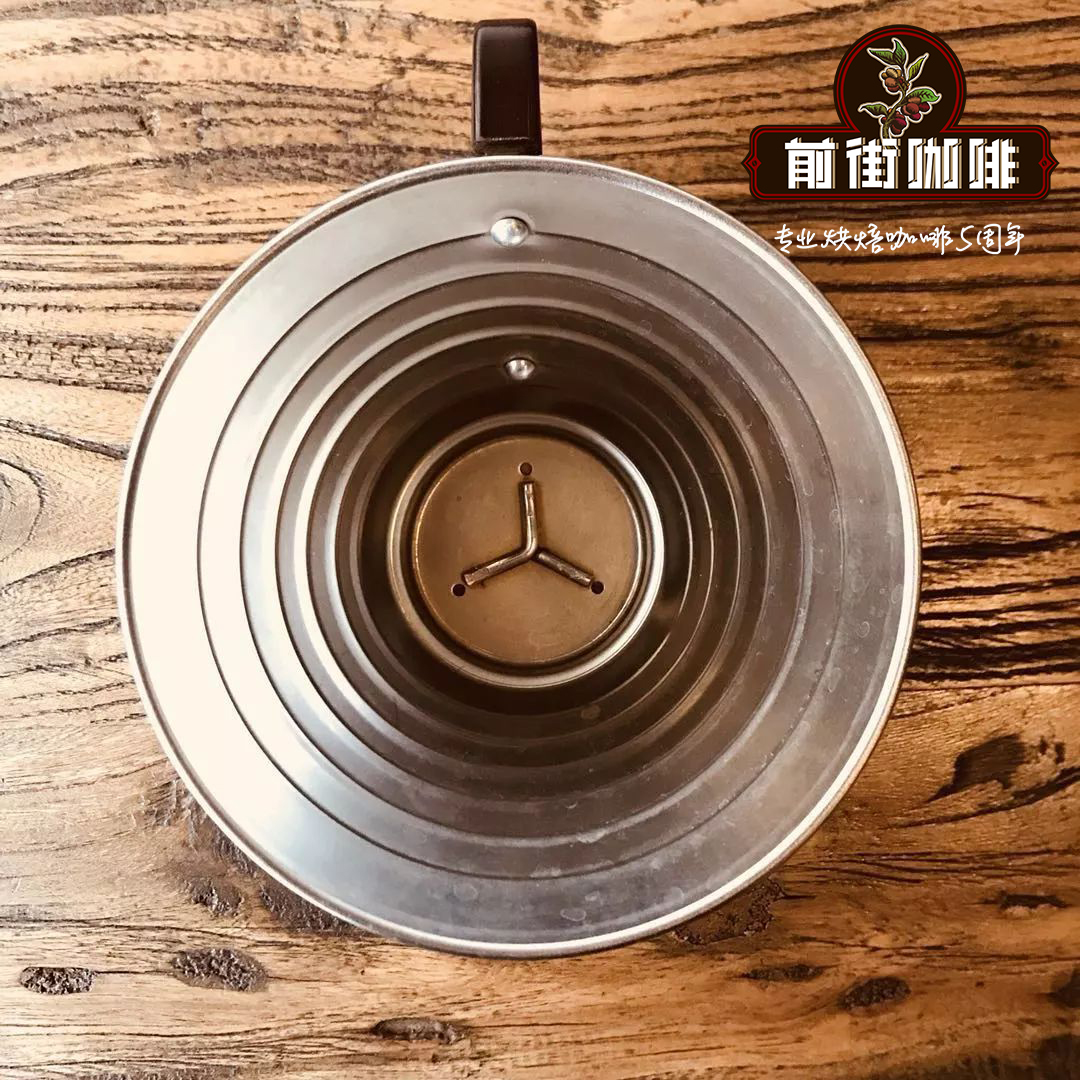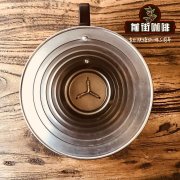What are the common varieties of boutique coffee beans? why is coffee sour? is it the reason for brewing?

Professional coffee knowledge exchange more coffee bean information please follow the coffee workshop (Wechat official account cafe_style)
Qianjie-introduction of boutique coffee varieties
"choose the most suitable variety carefully and plant it in the altitude, climate, soil and water environment that is most conducive to the development of coffee flavor. Washing and sun processing, select the most advanced raw beans without defects, and deliver them to customers with zero defects in the transportation process. After the baker's superb craftsmanship, it leads to the richest flavor of the region. And then use the generally accepted standard extraction method to get delicious coffee. "
To put it simply, the regional flavor mentioned here is the difference in soil, variety, climate and soil and water, which creates different flavors of coffee all over the world, which is also the soul of fine coffee.
Typica: the oldest native variety in Ethiopia, all Arabica are derived from Tibika. The top leaf of Tiebika is bronzed and the bean body is oval or thin in shape; the flavor is elegant, but the physique is weak, the disease resistance is poor and the fruit yield is less. Excellent manor beans such as the Blue Mountains of Jamaica, Manning of Sumatra and Kona of Hawaii all belong to Tibika.
Bourbon: a variant of the early (prehistoric coffee) Tibika that changed its shape from thin to round after it was transplanted to Yemen. It was named bourbon in 1715 after France transplanted round beans from Yemeni mocha to the island of Bourbon on the east coast of Africa (renamed Reunion after the French Revolution). Bourbon beans spread to Brazil and Central and South America in 1727, and the British transplanted Yemeni mochas to St. Helena Island (where Napoleon was later imprisoned) in 1732. Bourbon is the winner of the American boutique coffee cup test.
Gene mutant Bourbon Pointu: it was found in Bourbon Island in 1810 that the bean changed from round to pointed, with only half the caffeine content, but in small amounts, weak and extremely precious (mostly cultivated in the laboratory).
Elephant bean (Maragogype, or Elephant Bean): Tibica's best-known variety of beans, first discovered in 1870 in the Maragogype bean-producing region of the state of Bahia in northeastern Brazil, is at least three times larger than the average Arabica, hence the name. The taste of elephant bean is poor in low altitude area, but it has better flavor at high altitude, mild sour taste and sweet fragrance.
Geisha (Geisha): a derivative of the Tibika family, it was exported from the Geisha Mountains of southern Ethiopia in 1931 (Geisha is synonymous with Japanese geisha). After being unknown in many countries, it was transplanted to Panama in the 1960s and did not begin to win cup tests until 2005.
Kenyan "SL28" and "SL34": the bourbon line, screened and cultivated by French and British missionaries and researchers in Kenya in the early 20th century, has adapted to Kenya's high-concentration phosphate soil for a century, giving birth to Kenyan characteristics of sour elves; top Kenyan coffee comes from these two varieties, but it loses its flavor when transplanted elsewhere.
Bourbon Amarello (or Yellow Bourbon): a bourbon variety endemic to the Brazilian state of Sao Paulo, where the coffee fruit does not turn red and is orange when ripe. It was later found that the pericarp of other local bourbon-derived varieties also turned yellow.
Kaddura (Caturra): a single genetic variant of bourbon, discovered in Brazil in the 1950s. The long-term ability and disease resistance are better than bourbon, and no shade tree is needed; the flavor is equal to or slightly worse than bourbon.
Some friends asked Qianjie why the coffee was sour. Because coffee is originally a kind of fruit, coffee beans have the acid of fruit, and soft acid is the good acid of fine coffee.
Knowledge expansion: Arabica also has many subspecies, all derived from the oldest Tibika (Typica) in Ethiopia and Bourbon (Bourbon) in Yemen after transplanting to Central and South America or Asia.
In short: Qianjie is a coffee research hall, happy to share the knowledge about coffee with you, we share unreservedly just to make more friends fall in love with coffee, and there will be three low-discount coffee activities every month. The reason is that Qianjie wants to make more friends drink the best coffee at the lowest price, which has been Qianjie's tenet for 6 years!
END
Important Notice :
前街咖啡 FrontStreet Coffee has moved to new addredd:
FrontStreet Coffee Address: 315,Donghua East Road,GuangZhou
Tel:020 38364473
- Prev

What is Blue Mountain Coffee beans suitable for Coffee? there is a big difference between Blue Mountain Coffee and Blue Mountain Coffee
Professional coffee knowledge exchange more coffee bean information please follow the coffee workshop (Wechat official account cafe_style) front street-Jamaica Blue Mountain Coffee and Blue Mountain Coffee introduction Jamaica Blue Mountain since 90% of Blue Mountain coffee is exported to Japan, so 99.9% of the Blue Mountain coffee that can be drunk in the early years was only grown near the Blue Mountain Mountains, only 1600 meters above sea level.
- Next

What kind of coffee is made by hand? the flavor of fine Yega Xuefei sun-dried fruit and diced tropical fruit.
Professional coffee knowledge exchange more coffee bean information please follow the Coffee Workshop (Wechat official account cafe_style) front street-boutique coffee Yega Xuefei Sunshine Fruit Tintin Cooperative was originally part of the Waka Cooperative of the Yega Snow Coffee Union YCFCU, became independent in 2012 and now has more than 300 smallholder members. At the end of December 2017, we
Related
- Beginners will see the "Coffee pull flower" guide!
- What is the difference between ice blog purified milk and ordinary milk coffee?
- Why is the Philippines the largest producer of crops in Liberia?
- For coffee extraction, should the fine powder be retained?
- How does extracted espresso fill pressed powder? How much strength does it take to press the powder?
- How to make jasmine cold extract coffee? Is the jasmine + latte good?
- Will this little toy really make the coffee taste better? How does Lily Drip affect coffee extraction?
- Will the action of slapping the filter cup also affect coffee extraction?
- What's the difference between powder-to-water ratio and powder-to-liquid ratio?
- What is the Ethiopian local species? What does it have to do with Heirloom native species?

